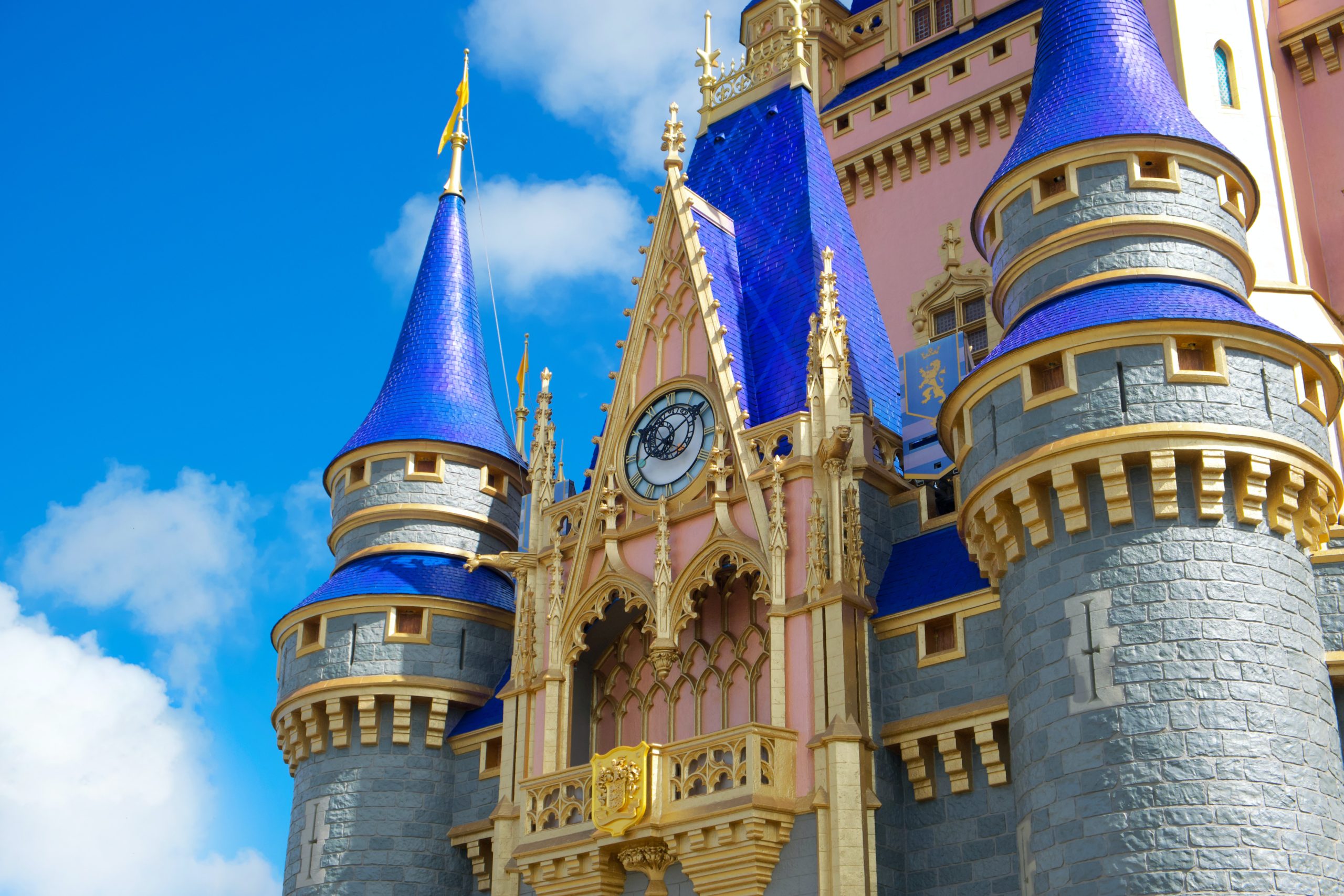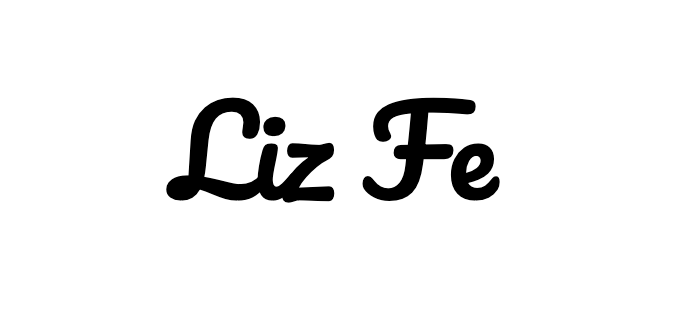
Since the debut of the film Cinderella in 1950, it has slowly decreased in popularity and interest over the years. Today, women are even so bold to condemn it as a non-feminist film for its portrayal of women. One woman even went so far as to write a children’s book titled “I Hate Cinderella”. Hate is a strong word, especially when you’re talking about a fairytale that some of our mothers and grandmothers grew up on.
Why is there so much hatred for the film and why do feminists blame Cinderella for the misrepresentation of women? Is there something we missed? I don’t think so because in this article we’ll refresh your memory on the film and give you a rundown of why some feminists hate it and why they are totally wrong for doing so.
Maybe the reason why they hate it so much is because they secretly love Cinderella’s dress and want to feel as confident as she did at the ball. If that’s the case, they should check out this article on 10 looks to make them feel like Rihanna and you should too next!
If You Don’t Know About Cinderella…
Cinderella is a classic 1950s princess film known throughout the western world. The tale revolves around a young woman by the name of… you guessed! Yes, Cinderella is the main character of the story. She lives in a wonderfully tall mansion that once belonged to her father before his untimely death. All of her father’s fortune and home then becomes her wicked stepmother’s whom she lives with along with her two step-sisters. Cinderella, unfortunately, faces horrible treatment by them like having to scrub floors and do every other chore in their home while they live lavishly. This leaves her utterly miserable.
On one fortunate day though, there is news that there will be a grand ball for everyone in the town to go to. Cinderella is so excited to go and even makes herself a dress to attend the ball in. However, before she has a chance to step outside her wicked stepmother finds out along with her step-sisters who then rip her dresses to pieces, forbid her to go, and leave her to run crying into a shed. There she discovers her fairy godmother who magically makes her a dress, glass slippers, a horse-drawn chariot with a horse made from a pumpkin, and mice that her fairy godmother requested from her to fetch.
Now with a beautiful magic dress, chariot, and horses, Cinderella goes to the grand ball with only one rule. That rule being that she returns home before midnight. So, she goes to the ball knowing this rule and encounters the prince who she dances with happily until the clock strikes 12. Cinderella then rushes home so quickly that she leaves behind her glass slipper. The prince then picks it up and vows to find the young maiden who he danced with that night.
How It Ends…
The prince goes through the town trying the glass slipper on the foot of every maiden he comes across to see if it fits. None fit until he came to the home of Cinderella and realized that out of all the women there she was the one he danced with that night. Her step-mother and step-siblings are either mad that she left that night after she was forbidden not to or jealous that the prince loved her over them. Either way, it doesn’t matter because her prince carries off with him to live happily ever after as a princess. The end.
Why The Fairytale Is No Longer Loved
It’s a pretty basic fairy-tale that generations of girls have loved until now. More and more people are coming out and denouncing their love for Cinderella as it does not portray women as we are in the 21st century.
Many women think it is a weak representation that follows the damsel in distress trope that many classic movies do. The Prince, being the hero, rescues Cinderella, the damsel, from her miserable life scrubbing floors and tending to her wicked-step mother and siblings. To some, her rescue by the prince is an “anti-feminist” representation of women’s strength since she did not do it herself.
One person points out the movie represents gender inequality because of how the concept of “happily ever after” is presented in the story. In the end, that is when she gets her “happily ever after” once she marries the prince. This implies that she needed a prince or man to give her the happy life she deserved. Not to mention, we see the prince as the daring hero who saved her giving off the feeling that she wouldn’t have been able to save herself.
The patriarchal representation of inequality is one part of the fairy-tale that feminists tend to frown upon and blame the main character herself for playing into the social structure and stereotype.
Why We Shouldn’t Blame Cinderella
No one should blame a victim who is unable to save herself from verbal and physical abuse. Cinderella had little to no control over her situation as most of us know. Looking at Cinderella and the film through the lens of as such cheapens the overall film. This isn’t a story about a woman who didn’t have what it takes to save herself so she relied on a man. Instead, it is a story about who faces adversity but still manages to choose kindness and optimism over anything else. She also uses creativity and her inner strength to rescue herself.
It Devalues Femininity
We all think we know the story of Cinderella, so we don’t try to look for any other messages in the story than what we already know, which is that a happy ending means marrying a prince. Yet, this tendency to dismiss Cinderella might be a little sexist and counterintuitive in itself. For instance, Cinderella is kind, optimistic, not afraid to shed a few tears, doesn’t make daring plans of escape or fight back, which are all traditionally masculine standards. So, by writing Cinderella off, you are participating in the traditional masculine standards or strength and weakness. Saying that her traits of kindness or not good enough devalues her femininity.
It Puts The Blame On Her And Not Her Abuser
This also unfairly assumes that a victim of abuse should fight back. It is obvious from the beginning of the story that Cinderella is living in an abusive household and has no power over her abuser. If you rewatch the 1950s film it even says in the opening scene that “Cinderella was abused, humiliated and finally forced to become a servant in her own house.” Her stepmother is the typical Disney villain with evil eyes and all. So, Cinderella has no choice, but to obey her wicked stepmother no matter how much it pains her.
It Reduces Her Role In Rescuing Herself
It is because of her faith and determination after all of the abuse and trauma that she manifests a physical representation of her way to escape. This is through her fairy godmother.
In the film, while Cinderella is crying, her fairy godmother appears and even tells her that “if you lost all of your faith, I couldn’t be here”.
Her faith is what ultimately rescues her because, without it, she wouldn’t have been able to manifest her fairy godmother, go to the ball and meet the prince. So, in a way, it is her own strength within that rescues her, not her physical strength or a man.
Do You Feel Guilty?
I hope all of you who blamed Cinderella as the reason for the misrepresentation of women in society feel at least a little foolish now. Cinderella, the woman, may be a damsel in distress to some, but she embodies the strength that women have internally to lift themselves out of any pit through her optimism and faith in a better life. I don’t think we should blame her, but do you?
Do you want to know more about entertainment in the world today, such as Rihanna’s fashion looks?




